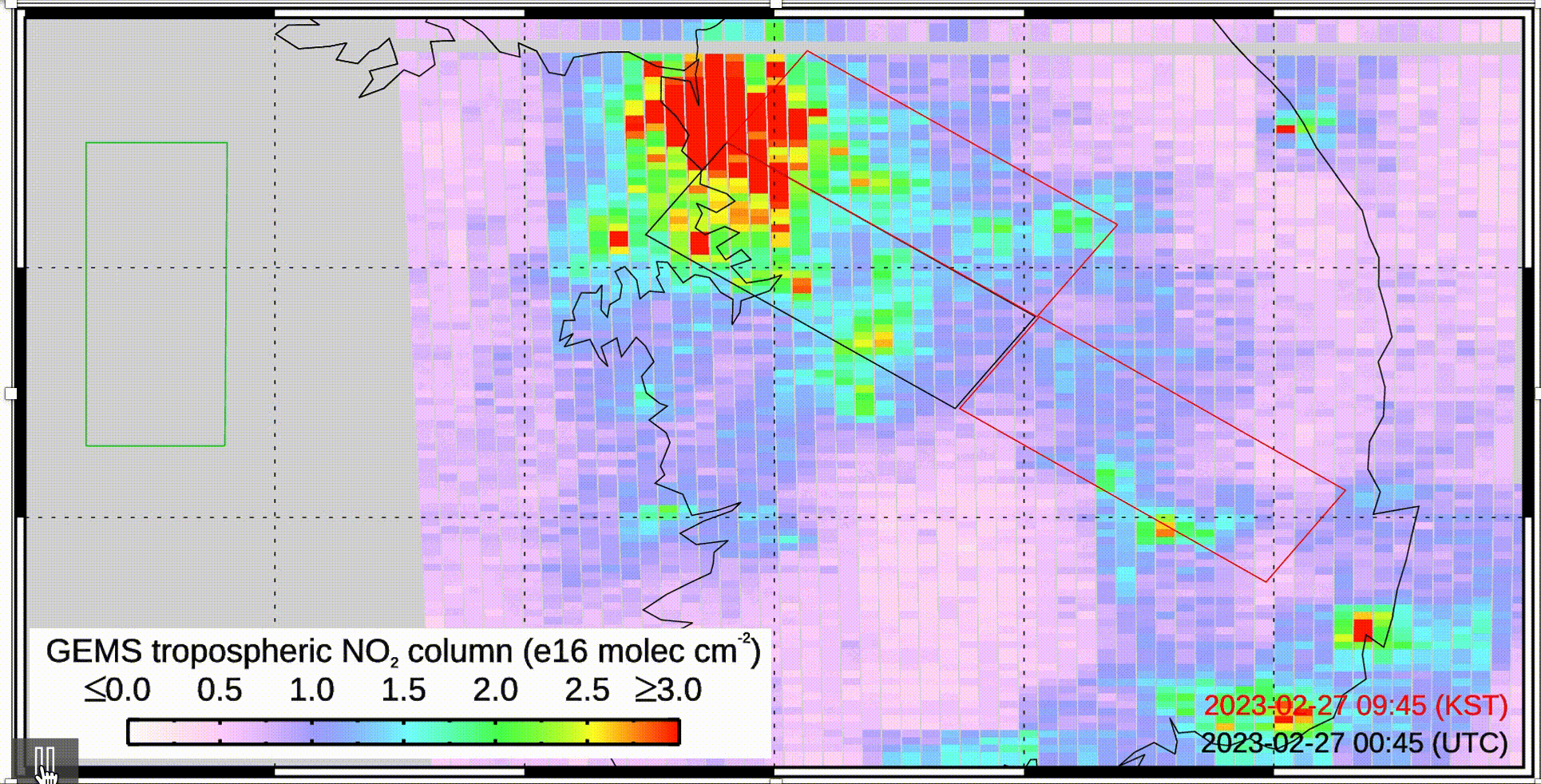Atmospheric Chemical Mechanism Development
Chemical mechanisms are at the heart of atmospheric chemistry models, representing the complex reactions occurring in the atmosphere. The accuracy of model predictions depends significantly on how well these mechanisms approximate real atmospheric processes. As our scientific understanding evolves, it is crucial to update these mechanisms continuously.
One of our key efforts is the development of a new chemical mechanism called MOZART-TS3, designed to improve the representation of alkane chemistry, which has been simplified in existing mechanisms like MOZART-TS1 and MOZART-TS2. MOZART-TS3 introduces 149 kinetic and 21 photolysis reactions, covering a broader spectrum of chemical processes. These include the initial reactions of alkanes with OH, interactions of peroxy radicals with NO, HO₂, and NO₃, permutation reactions among peroxy radicals, alkoxy radical decomposition, hydrogen shifts, and more. To achieve this, we have been collaborating closely with experts in chemical reactions and the organic gas measurement team.








